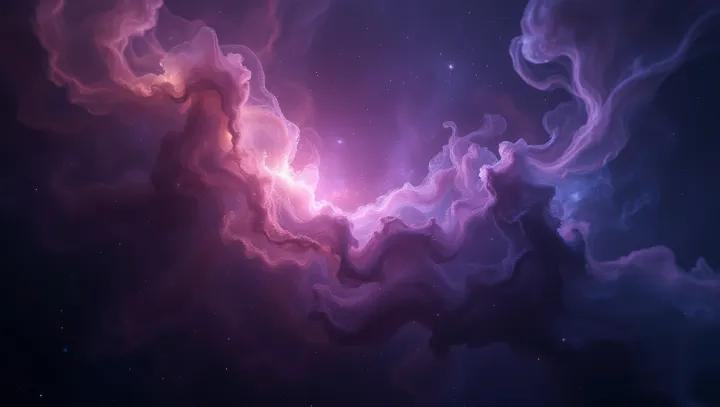The Majestic Dance of Nebulas

Nebulas, those breathtaking cosmic clouds located in the expanse of the universe, are predominantly composed of hydrogen gas and plasma. They float through space as expansive collections of particles, glowing with an ethereal light that captivates both the scientific community and the public. According to Dr.
Sonia Mitchell of the Space Exploration Institute, these formations serve as 'stellar nurseries,' where new stars are born. They provide critical insights into the processes that govern star formation and death. Recent observations from the James Webb Space Telescope have revealed intricate details of these formations, enhancing our understanding of their structure and lifecycle.
These observations have profound implications for our grasp of cosmic dynamics. By studying nebula compositions and behaviors, researchers can predict patterns in galactic evolution and better understand the origins of celestial bodies. The vivid displays of light and color also have inspired countless works of art and literature, adding a cultural dimension to their scientific significance.
As we deepen our exploration of these celestial formations, scientists remain hopeful that further advances in technology will unlock more secrets of the universe. In the words of Dr. Mitchell, 'Each glance into the nebulae is a step closer to unraveling the mysteries of our cosmic neighborhood.'.
